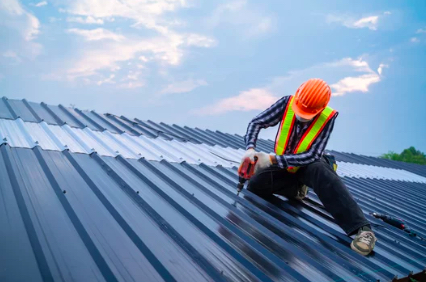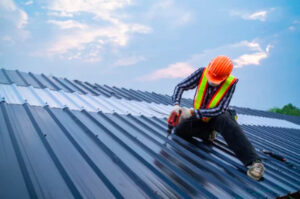Epoxy is a great way to transform your garage. It adds a modern, clean look to the space and is easy to maintain.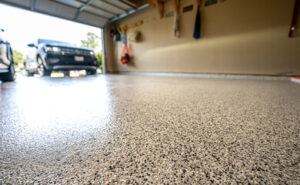
It is also resistant to chemicals, petroleum products, and scratches. You can even drag a car over it without worrying about the damage. Contact Garage Epoxy Waco TX for professional help.
There are many different types of epoxy available in kits. Some contain color flakes, which help camouflage dirt and debris.
If your garage floor is damaged or stained from heavy-duty work or just the normal wear and tear of a busy home, epoxy can provide a long-lasting solution. Unlike many other flooring options, epoxy is designed to withstand serious pressure and weight. It also protects the concrete from moisture, oil stains and chemical spills.
Adding a layer of protection to your garage floor can save time cleaning, prevent damage and make the space more usable. The addition of a durable garage floor coating can also increase the value of your property and create an aesthetically pleasing space for your home.
Epoxy is available in a wide variety of colors and textures, and can be applied in patterns and designs to fit your personal style. Some garage floor epoxy coatings are dark or metallic in appearance, while others have decorative color flakes that camouflage dust and other debris. You can even choose a texture that is anti-skid to help reduce the risk of accidents in your garage.
While DIY epoxy kits are available, it’s important to understand that these products don’t include all of the services required to complete a professional installation. Without proper surface preparation, the adhesion of your new epoxy coating will be compromised. The kits also often fail to include enough material for your entire garage floor, or do not offer the correct topcoat to ensure longevity.
The main factor that will deteriorate your epoxy coating is temperature. Epoxy doesn’t like sudden changes in temperature, especially when it is exposed to sunlight. This can cause the epoxy to expand and shrink, which can lead to cracks and chips.
Another major concern is the quality of the epoxy you use. Cheaper epoxy will not hold up to the test of time, and can actually delaminate from the concrete. For example, if you park your car in your garage on a hot day, the heat from the tires can actually pull at the epoxy and separate it from the concrete beneath. This is one of the main reasons we recommend calling a professional for your project. A qualified contractor will be able to advise you on the type of epoxy you need and provide a warranty that covers the cost of repairs.
Easy to Clean
One of the best things about an epoxy floor coating is how easy it is to keep clean. It resists most chemicals that are typically found in a garage and it doesn’t stain easily either. If there are any spillages that happen on the floor, simply wipe them up right away. This will prevent them from soaking into the concrete and ruining the looks of your new floor.
It’s important to sweep and vacuum your garage floors regularly so that dirt and grit don’t scratch the epoxy surface. These particles can grind into the floor when vehicles or heavy equipment are driven over it, and this will cause the epoxy to lose its shine and gloss. This isn’t a big deal when it is caught early, but over time the damage can lead to a costly repair job.
When sweeping your floor, avoid using metal implements as they will scratch and scuff the epoxy coating. Instead, opt for a soft bristle broom or a vacuum with a soft brush attachment. Also consider a walk-off mat at the entrance of your garage, as this will help collect dirt and grit from shoes and vehicles, saving you the hassle of cleaning your flooring all the time. You can also use soft pads under bicycle and motorcycle kickstands to protect the flooring.
If you do happen to notice any spots or stains on your epoxy garage floor, you can remove them with a kitchen scrubbing sponge or a deck brush that has nylon bristles. Then, just apply a bit of commercial rust, lime or calcium cleaner to the spot and scrub it gently. You can find this type of cleaner at most hardware stores. If you need to, you can even saturate the spot with a concrete degreaser, but don’t let it sit too long as it can dull the finish.
A high-quality epoxy garage floor can transform your dull looking space into something truly stunning. The floor’s color, pattern and texture will set the mood and fit your lifestyle perfectly. There are so many options to choose from, so you’ll be sure to find the perfect option for you.
Chemical Resistant
A lot of people use their garages as more than a place to park their cars, store stuff and maybe work on projects. In fact, many people are revamping their garage into a home entertainment room, in-home auto showroom or man cave. One of the most important things in any space like this is the flooring. Epoxy is a great choice for garage floors because it’s durable, stain resistant and looks great.
Chemical resistance is another great benefit of an epoxy coating system. It will stand up to a wide range of chemicals, including acetone, diesel fuel and acetic acid. It also has good resistance to jet fuel, nitric acid and mercury.
The exact level of chemical resistance that an epoxy system has depends on the type of epoxy resin and curing agent used, as well as its structure and crosslinking density. The higher the crosslinking density, the more chemically resistant a system is.
In addition to the resistance of an epoxy coating system to chemicals, it’s also very hard and thick. This makes it very resistant to abrasion and impact, which means dropped tools or heavy free weights (if you’re using your garage as a home gym) will not chip or damage the epoxy.
You can purchase a DIY kit for as low as $0.27 per square foot for a single coat, water-based, floor coating. However, a high-performance, commercial quality garage epoxy coating system will start around $1 per square foot for a complete coating. This will include an epoxy primer, high solids base epoxy color coat, color flakes and a high-performance polyurethane clear coat.
It’s important to note that the durability of an epoxy coating is dependent on proper surface preparation. If the concrete isn’t prepared correctly, you may see issues such as delamination, which can be very costly. This is why it’s always best to hire professional contractors.
It’s also important to understand that epoxy isn’t favorable to warm climates or direct sun exposure. Exposure to the sun’s UV rays will cause the epoxy to yellow and discolor over time. This can be reduced by using window treatments or blinds to block out the sun’s rays.
Slip Resistant
Resinous floor coatings like epoxy, polyurethane and polyurea are non-porous, which means the surface created can be extremely smooth. While this is fine for dry surfaces, it can turn into a skating rink with the introduction of water, oils, snow or mud. To prevent this, a non slip additive needs to be added.
There are many different kinds of anti slip additives. Some use abrasives such as silica sand but this has some drawbacks. It can be difficult to mop and the sharp points on the sand are brittle and break off easily. It also won’t work with clear top coats and is not compatible with many epoxy coatings.
Another option is ground polymer grit, such as Shark Grip. This is a more gentle alternative to silica sand and is compatible with almost all coatings. It creates small bumps that are very effective for gripping and can be mixed in or broadcast over the final coat of your garage floor epoxy coating project.
Epoxy is a very tough and durable material. It can last for upwards of 30 years, although heavy foot traffic will shorten that lifespan. It is resistant to impacts, chipping, stains, chemicals, and surface abrasion. This makes it a great choice for a garage flooring material because you won’t have to worry about your car tires or bicycles damaging the surface.
It is also very easy to clean an epoxy floor. If you have a chemical spill or oil leak, it can be easily washed away with a power washer or a mop. The non-porous surface will also repel rain, preventing the build up of moulds and mildew in your garage.
If you want a strong and durable garage flooring system that is both easy to keep clean and safe to walk on, then an epoxy treatment may be the right choice for you. Talk to a professional garage floor contractor and see how an epoxy treatment can benefit you. You can also visit our blog for more information about garage flooring and other home improvement topics. We look forward to hearing from you!
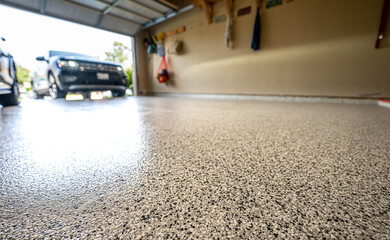

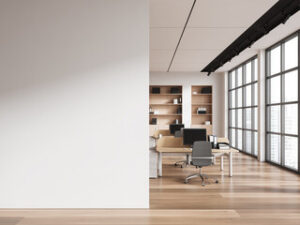
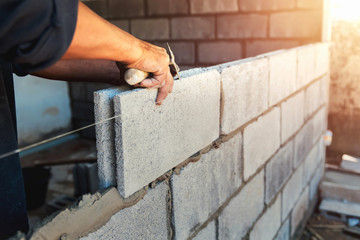
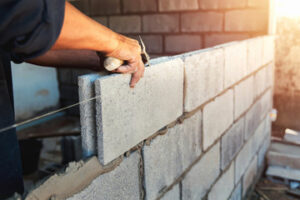 Strength
Strength